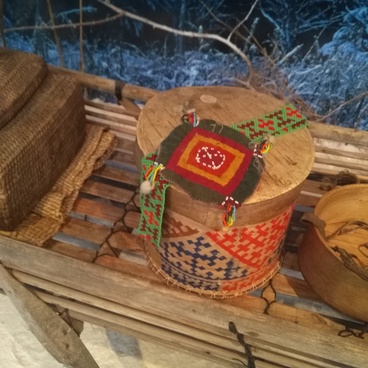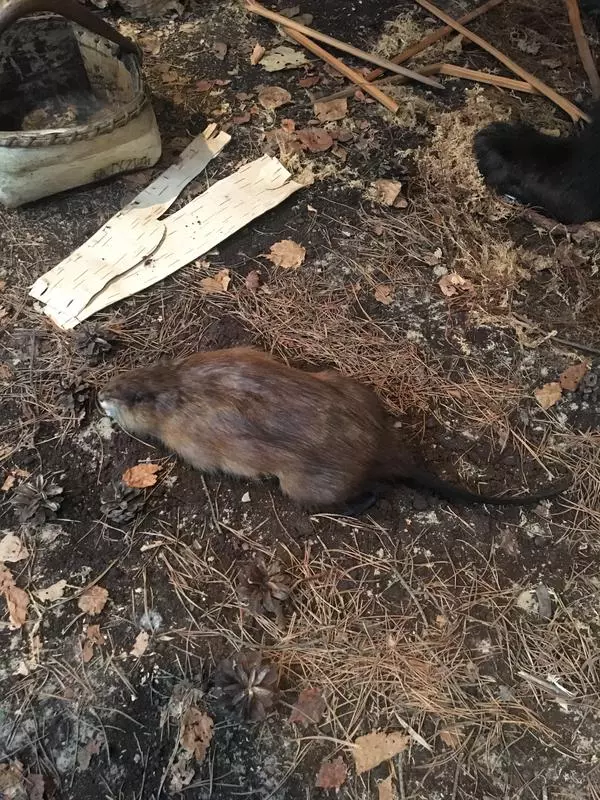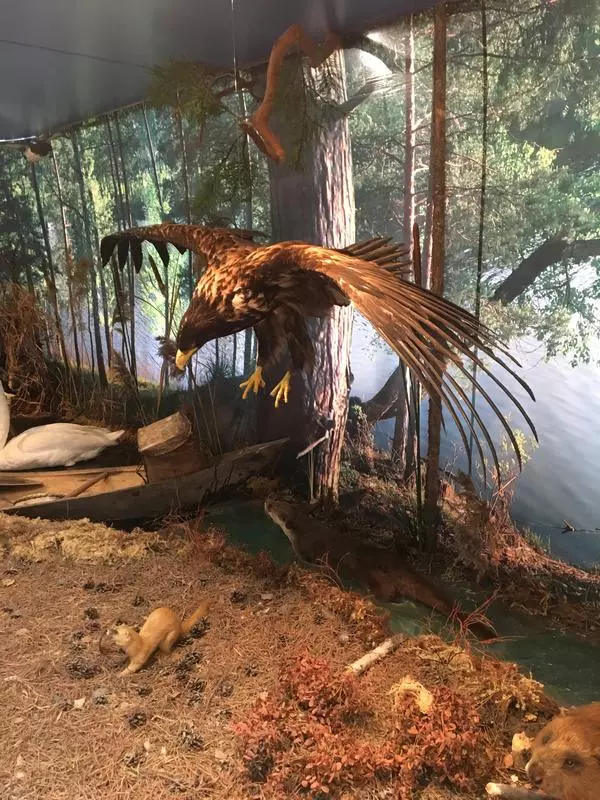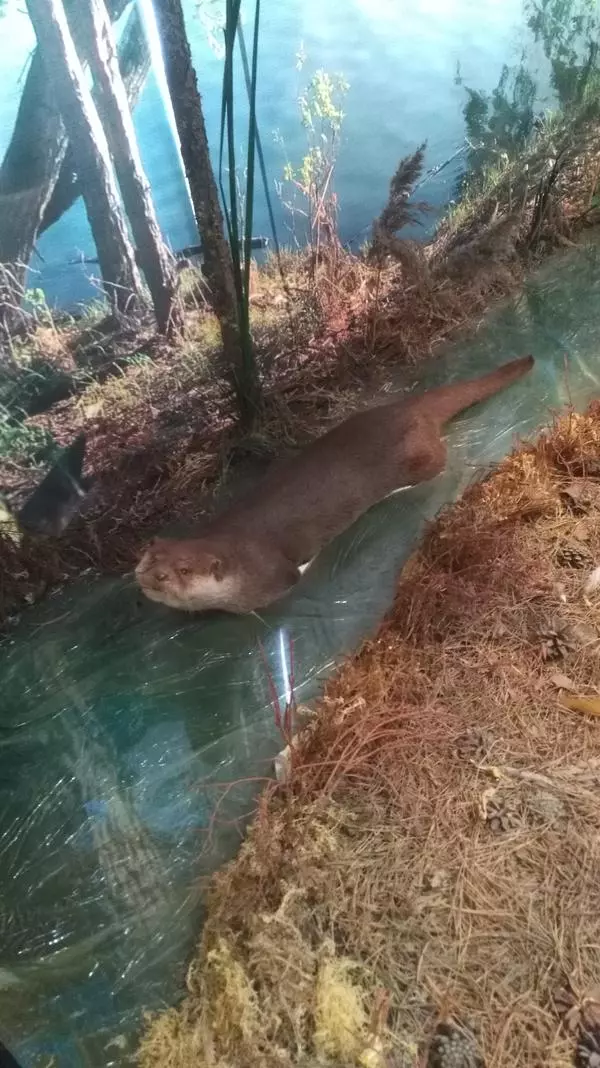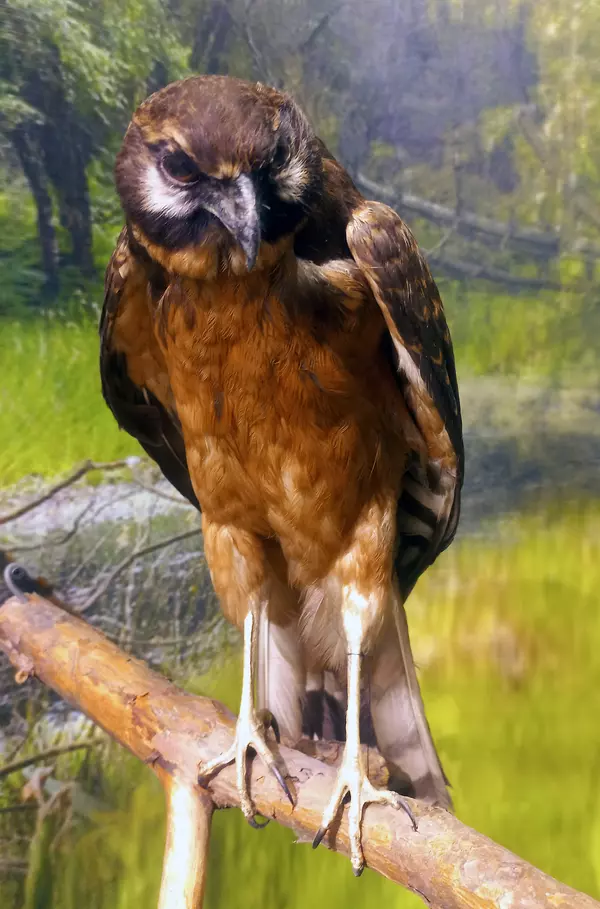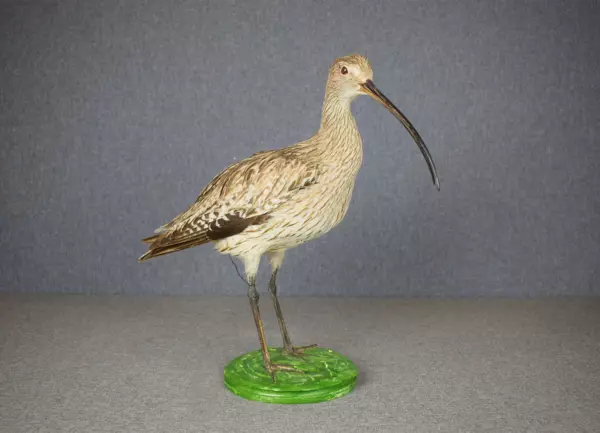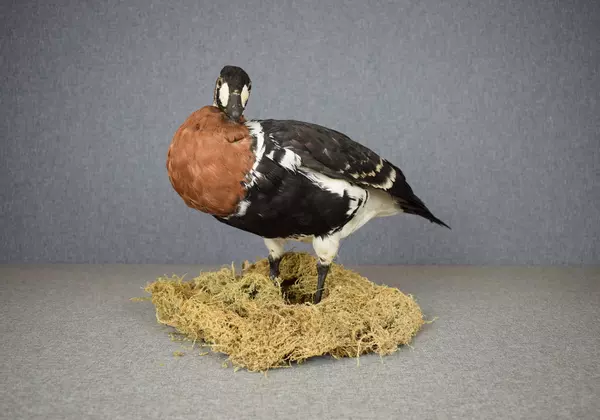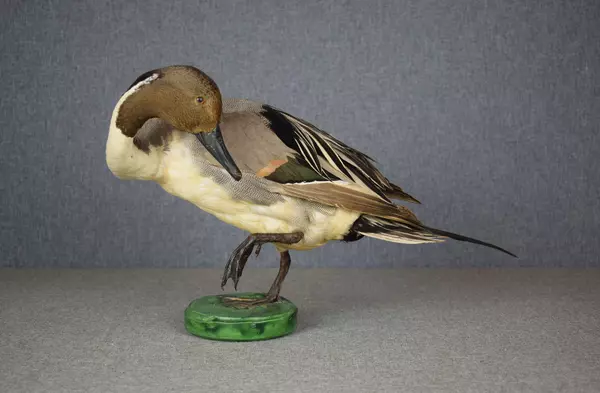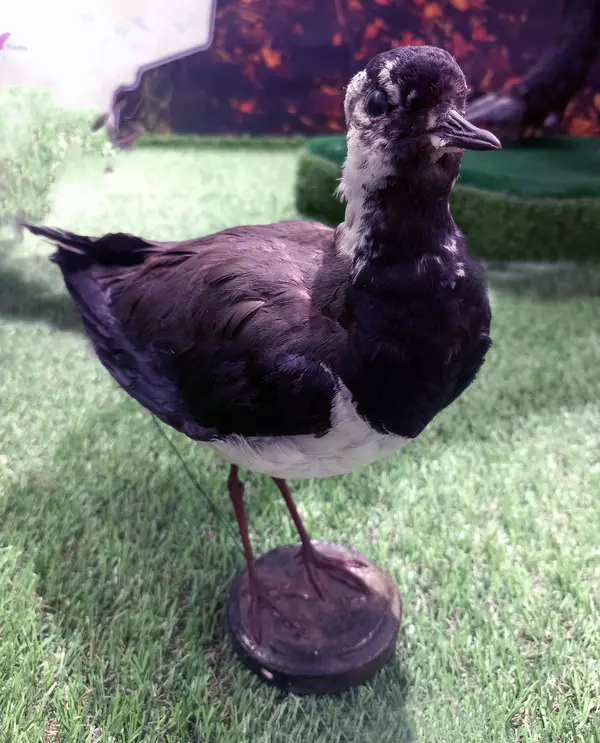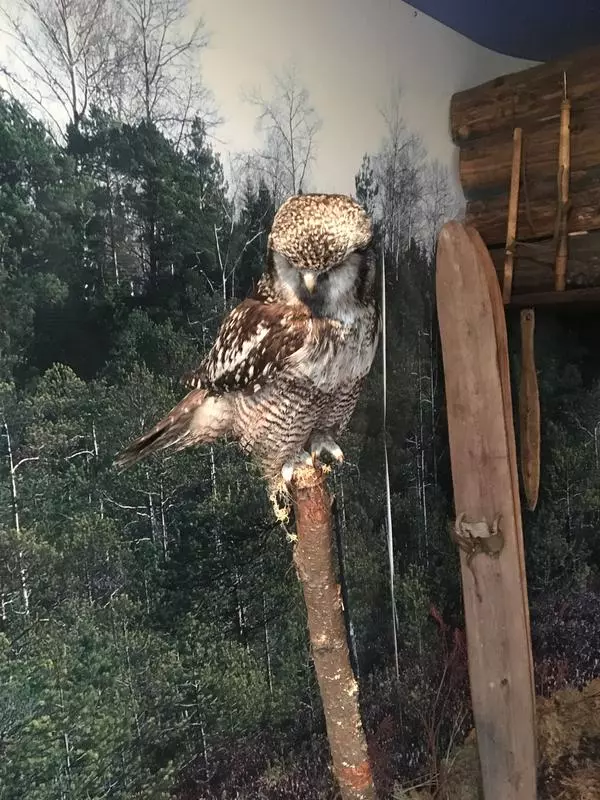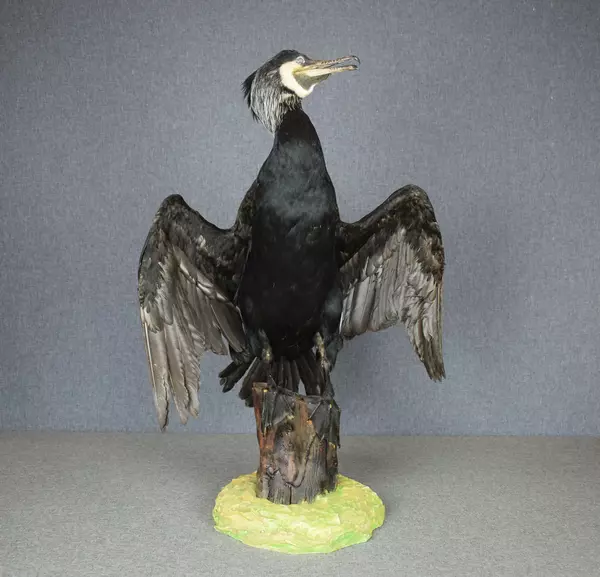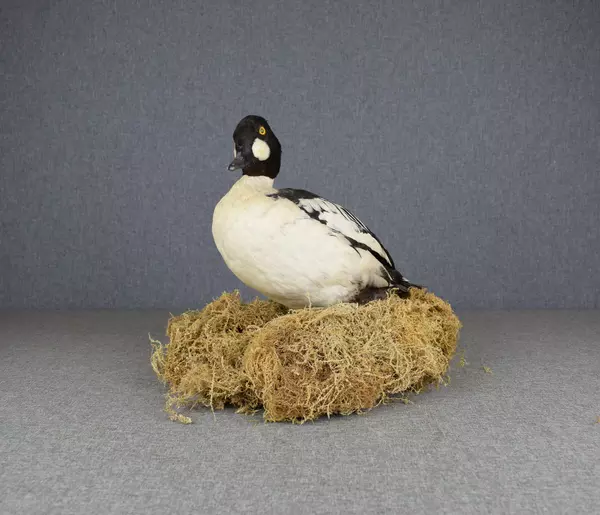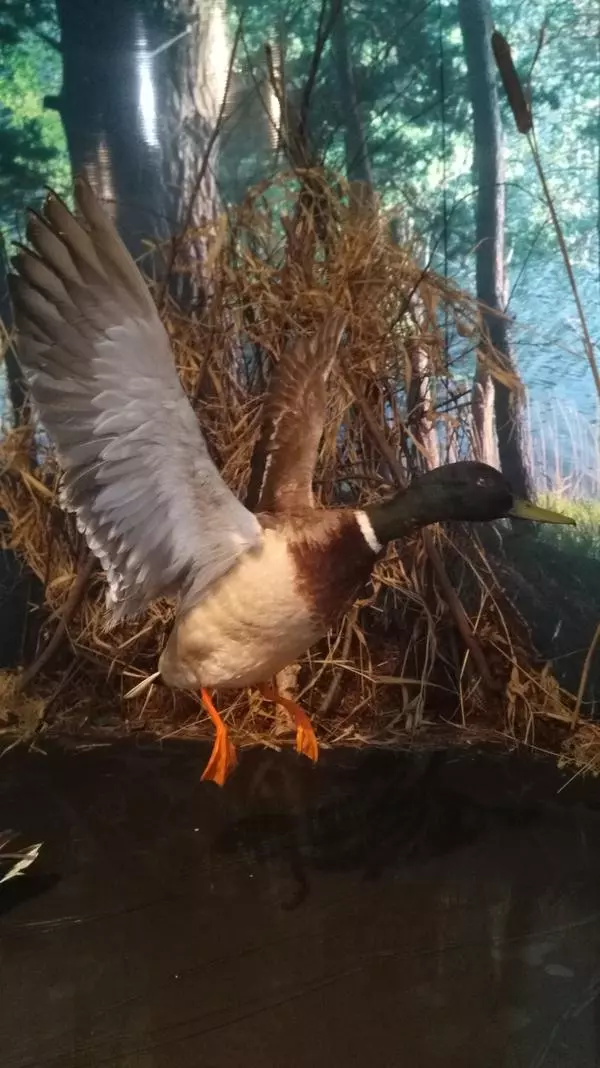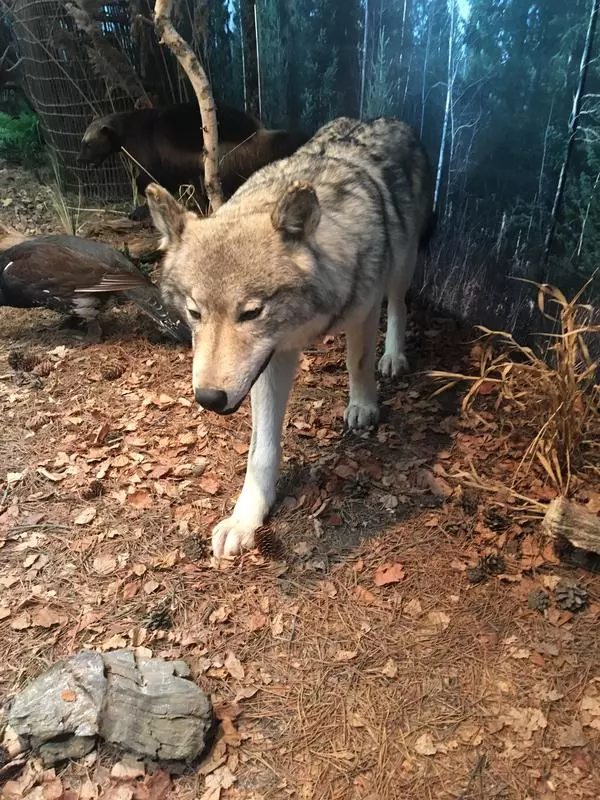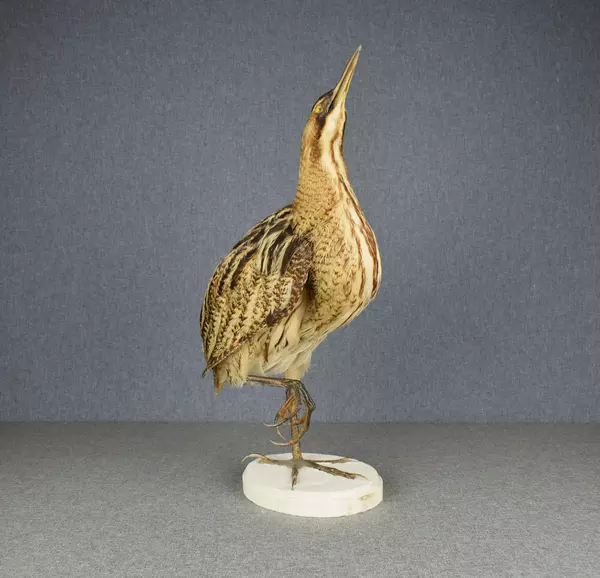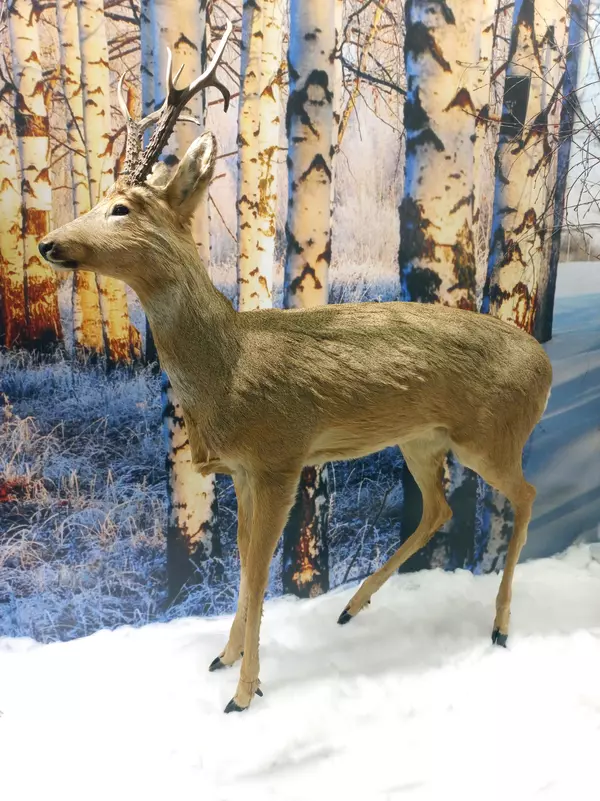Eurasian nutcracker is a bird of the Corvidae family, like crow, magpie, and rook. It got its Russian name, kedrovka (from the Russian word kedr, cedar) for eating mostly cedar nuts. Its color is dark brown with white spots all over the body except the top of the head. It has a bright lining at the tip of its tail. It is a relatively small bird with a massive beak: its body is about 30 cm long and its weight usually does not exceed 200 grams.
Since mid-summer, nutcrackers start eating young cedar nuts. Picking them out of cedar cones, they fill their sublingual pouches that can hold up to 100 nuts. Then the birds hide the nuts, in small portions, beneath the top humus and moss. During one autumn, a nutcracker creates about 20.000 nut reserves. It remembers where all of them are and can easily find them in winter, even under the snow.
When the cedar cone harvest is scanty, nutcrackers often collect all the nuts before man does it, and that is why taiga dwellers dislike them. When they see people gathering cones in the forest, they start screaming, as if they were outraged by the competitors’ actions. When picking nuts, the bird throws away bad (damaged or rotten) nuts and chooses only the best ones. This is the art that adult birds teach to the young. However, nuts aren’t their only food: it also can eat small invertebrates.
Thanks to the Eurasian nutcracker, the Siberian cedar spreads across the taiga: the birds, in fact, sow cedar seeds, because many nuts stored by them would sprout. This is how those trees come to new territories where they had never grown before. In just a year, the cedar can expand its territory by several kilometers.
Eurasian nutcrackers are quite unpretentious about their living conditions: they are not afraid of -40-degree cold and even lower temperatures. Unlike many other birds, they do not leave for warmer places in summer but stay in their habitat. However, they still travel, although not very far, in search of food and more comfortable places to live. During hard times, when the harvest is extremely scarce, they undertake mass migrations.
These birds are cheerful and energetic. They often live alone, but they are quite sociable and like gathering into small but noisy flocks.
Since mid-summer, nutcrackers start eating young cedar nuts. Picking them out of cedar cones, they fill their sublingual pouches that can hold up to 100 nuts. Then the birds hide the nuts, in small portions, beneath the top humus and moss. During one autumn, a nutcracker creates about 20.000 nut reserves. It remembers where all of them are and can easily find them in winter, even under the snow.
When the cedar cone harvest is scanty, nutcrackers often collect all the nuts before man does it, and that is why taiga dwellers dislike them. When they see people gathering cones in the forest, they start screaming, as if they were outraged by the competitors’ actions. When picking nuts, the bird throws away bad (damaged or rotten) nuts and chooses only the best ones. This is the art that adult birds teach to the young. However, nuts aren’t their only food: it also can eat small invertebrates.
Thanks to the Eurasian nutcracker, the Siberian cedar spreads across the taiga: the birds, in fact, sow cedar seeds, because many nuts stored by them would sprout. This is how those trees come to new territories where they had never grown before. In just a year, the cedar can expand its territory by several kilometers.
Eurasian nutcrackers are quite unpretentious about their living conditions: they are not afraid of -40-degree cold and even lower temperatures. Unlike many other birds, they do not leave for warmer places in summer but stay in their habitat. However, they still travel, although not very far, in search of food and more comfortable places to live. During hard times, when the harvest is extremely scarce, they undertake mass migrations.
These birds are cheerful and energetic. They often live alone, but they are quite sociable and like gathering into small but noisy flocks.
